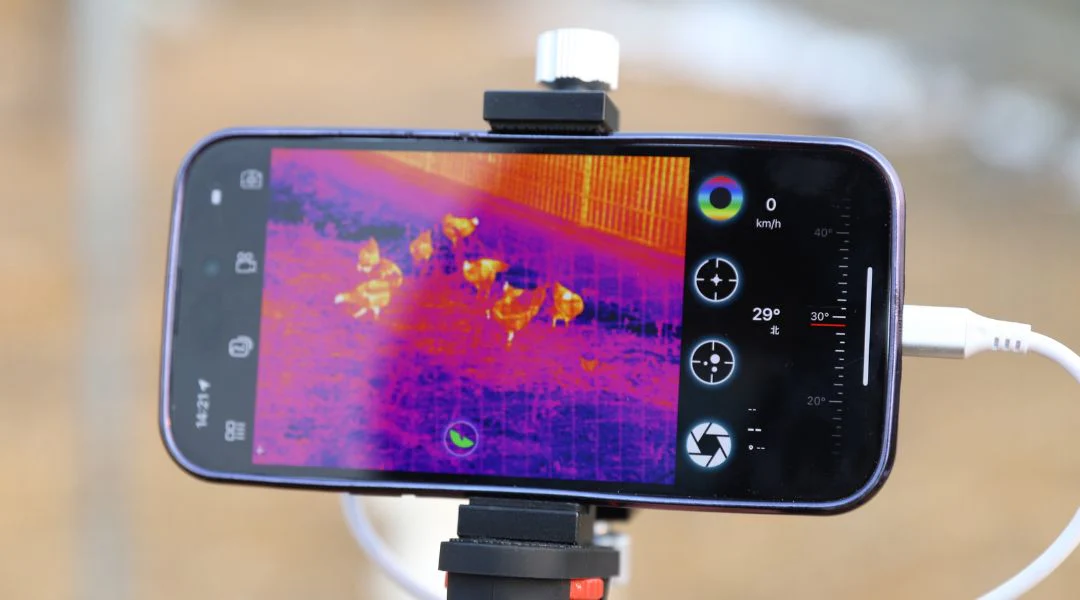Thermal imaging is a non-invasive technology that captures the heat signatures of objects and living organisms. By detecting temperature variations, thermal imaging cameras create visual representations of heat patterns, even in complete darkness or through obstacles. This unique ability to “see the unseen” has made thermal imaging invaluable in various fields, from military and law enforcement to medical diagnosis and energy audits.
In pest detection, thermal imaging offers a decisive advantage over traditional methods. Like all living creatures, pests emit heat, and their presence can create distinct thermal patterns that stand out from the surrounding environment. Building inspectors can quickly and accurately locate pest infestations using thermal imaging cameras, even when the pests are hidden.
Enhancing efficiency and accuracy in pest detection
Traditional pest detection methods often rely on visual inspections, which can be time-consuming, labour-intensive, and prone to human error. Inspectors must physically search for signs of pests, such as droppings, nests, or damage, easily overlooked or concealed in hard-to-reach areas.
With thermal imaging, the process becomes much more streamlined and effective. Inspectors quickly scan large areas, identifying potential pest hot spots based on their observed thermal patterns. This allows them to focus their efforts on specific locations, saving time and resources while increasing the likelihood of detecting infestations early on. Thermal imaging also eliminates the need for invasive or destructive inspection methods, such as drilling holes or tearing down walls, as the technology “sees through” surfaces to detect heat signatures.
Thermal minimizers are a complementary tool in building inspections
While thermal imaging is a game-changer in pest detection, it’s important to note that it should be used as a complementary tool in building inspections. Thermal imaging does not replace the need for traditional inspection methods, such as visual examinations, moisture meters, or specialized pest detection tools. Instead, it enhances the overspecialization process by providing additional insights and helping to guide further investigations. Building inspectors should use thermal imaging with their knowledge, experience, and other tools to assess a building’s pest situation comprehensively. By combining thermal imaging with other inspection techniques, inspectors provide property owners and managers with the most accurate and reliable information to make informed decisions. Click to read more about building inspections in Sydney.
Advancements in thermal imaging technology
As thermal imaging technology continues to evolve, the future of pest detection looks increasingly promising. Advancements in camera resolution, sensitivity, and data analysis make thermal imaging more effective and efficient.
- Automated pest detection – Integrating artificial intelligence and machine learning algorithms with thermal imaging could lead to automated pest detection systems capable of quickly analyzing thermal data and identifying potential infestations without human intervention.
- Drone-based analyzing – Using drones with thermal imaging cameras could revolutionize exterior building inspections, allowing for rapid and comprehensive assessments of roofs, facades, and revolutionized-to-reach areas.
- Wearable devices – The development of wearable thermal imaging devices, such as glasses or helmets, could provide building inspectors with hands-free and real-time pest detection capabilities, enhancing their efficiency and accuracy in the field.
As these advancements continue to shape the future of pest detection, building inspectors who embrace thermal imaging technology will be well-positioned to provide cutting-edge services and stay ahead of the curve in the industry.

